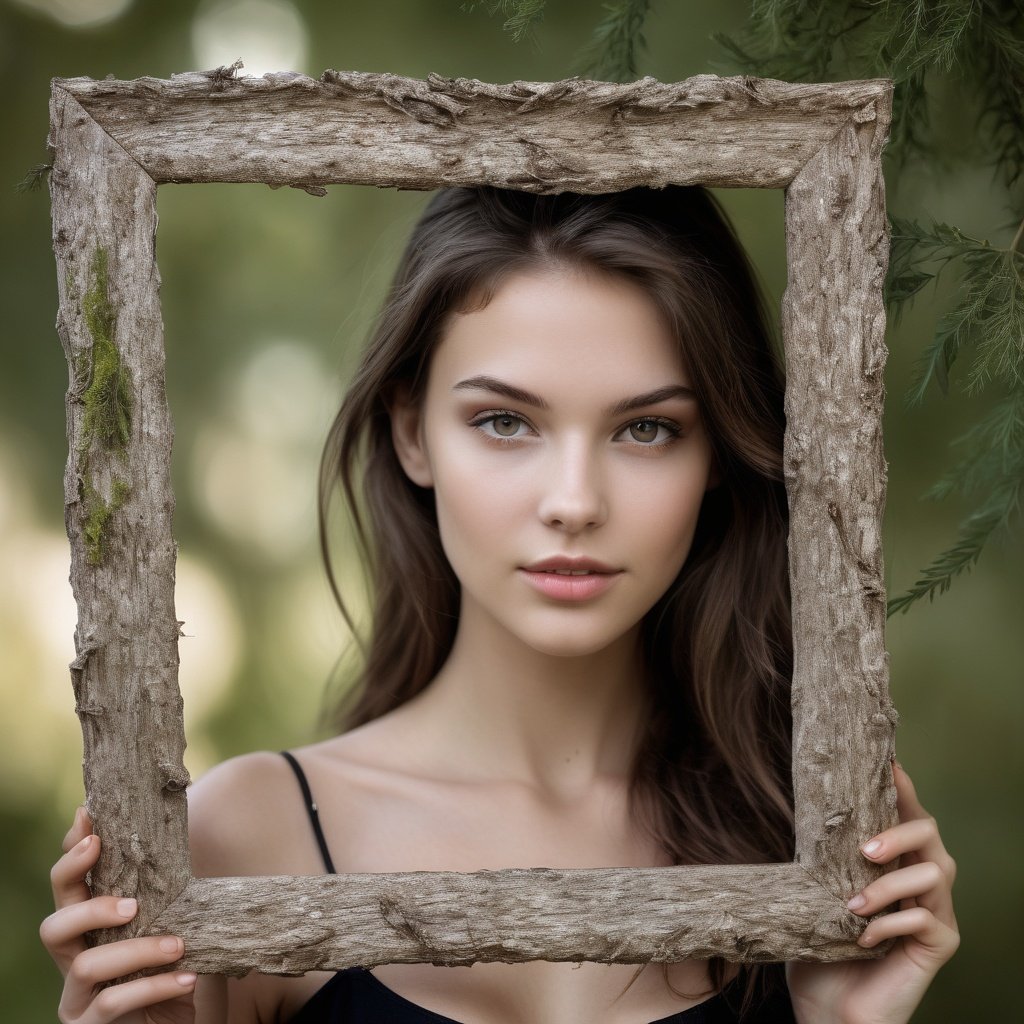A better photographer must evaluate his photos and learn from his mistakes. I usually follow this process during my leisure time. It shows me what went wrong in my photos and how to overcome it. Many pro landscape photographers make the same mistakes, be they technical or creative. Here, I have compiled five common mistakes in landscape photography.
Table of Contents:
- Not Stopping Down Enough
- Rigid to Keep Everything in Focus
- Destructive Post-Processing
- Not Thinking About Composition
- Using Expected Focal Length
- Not Stopping Down Enough:
1. Not Stopping Down Enough:

If the aperture is too small, a large amount of diffraction appears. Small apertures like f/4 or f/5.6 are usually worse than moderate apertures like f/11 or f/16. Insufficient depth of field is one of the main reasons for blur in your landscape photo, compared to foreground diffraction.
Usually, for a landscape photo, a small aperture like f/4 or f/5.6 creates blurry corners in the foreground, not because of the sharpness of the lens. So it would help if you did not spend a fortune to buy fancy lenses. Instead, you may need to use a lower f-stop if you want your landscape photo to be sharpened.
2. Rigid to Keep Everything in Focus:

It would help if you embraced the power of subject isolation in your photo. Your landscape photo does not always need to be sharp in every corner. I know this contradicts my previous statement, but this depends on the situation you are in. Wide aperture creates a distinct difference in landscape photography—many landscape photos, like intimate landscapes, benefit from a shallow-focus look.
I never felt terrible about bending the rules in landscape photography. ‘That’s how it should be done’ may sometimes give you the desired result but will not fulfill your inner craving for that particular photo. They may hold back your creativity in many forms. So, capture your image as you envision.
3. Destructive Post-Processing:

Many professional landscape photographers make mistakes when it comes to post-processing. Saturation or over-sharpening may make an image look weird to viewers but not to the photographers themselves. That’s because a photo is like a baby to a photographer—and you know, children never make a mistake!
Post-processing mistakes are usually not permanent; they can be corrected later. So, browse your captured photos and analyze them. If necessary, slide down the saturation or sharpen the bar.
Software like Capture One or Lightroom never allows you to post-process destructively. You can always go back to the previous version of your photos. But in Photoshop, if you click ‘Save’ instead of “Save As’ for the file, like JPEG or TIFF, your photo will be non-destructable. So, press the button wisely, and always ensure you have followed the 1:3 backup process for the original image.
4. Not Thinking About Composition:

Always give it some thought before composing a landscape photo. Don’t just follow the Rules of Composition. Remember, rules in photography are there to help you as a guiding tool, not a rigid path you must follow.
Every subject in landscape photography demands something different. Following the Rule of the Third, or leading line, will not always work. They may give you the same result again and again. But just thinking outside the box might give you a new perspective on your subject.
In a nutshell, good composition never happens by accident. Instead, creating an image takes a lot of effort and thought. Always try to aim for purposeful compositions. Remember, playing with composition makes photography fun.
5. Using Expected Focal Length:

Using an ultra-wide lens used to be a common tendency among photographers. This preconceived idea restricted a photographer from trying something new. But now photographers are overcoming this idea. The lens use should depend on your subject, not its focal length. Sometimes, telephoto lenses work great instead of wide-angle lenses. The 15-45mm works excellent in a picture-perfect scenario, but the 70-200mm works great in any situation in landscape photography.
A wide-angle lens usually focuses on everything in a photo, whereas a telephoto lens lets you focus on the most interesting part of an otherwise flat scene. Always try to exclude anything from your composition that distracts your viewers from the subject. And a telephoto lens works best in that case. Don’t be afraid to use a focal length just because that is not widely used in landscape photography. Instead, focus on your subject and use focal length as necessary. Some of my favourite landscape shots were taken using unconventional focal lengths.
Your composition should always vary based on the subject and it’s surroundings. Be flexible, and don’t be afraid of mistakes. Make your decisions wisely. Happy shooting!











5 Responses
I don’t think the title of your article matches the content lol. Just kidding, mainly because I had some doubts after reading the article. https://accounts.binance.com/es-AR/register?ref=UT2YTZSU
Alright, let’s talk hm88betlatranggi. I’ve been giving them a shot for a while now, and honestly, the experience has been good. The odds are fair, and payouts are timely, which is always a plus. Give them a try if you’re looking for a reliable place to bet. hm88betlatranggi
b52shot! The name alone got me to check it out. Very flashy looking, and the casino games are okay. But a bit slow. Overall, it feels like it is from the ’90s but looks modern.
234winlogin. That’s the spot. Easy to use interface and payouts are usually quick. Not bad if you are looking for straight forward fun. 234winlogin
Your point of view caught my eye and was very interesting. Thanks. I have a question for you. https://accounts.binance.com/register-person?ref=IXBIAFVY